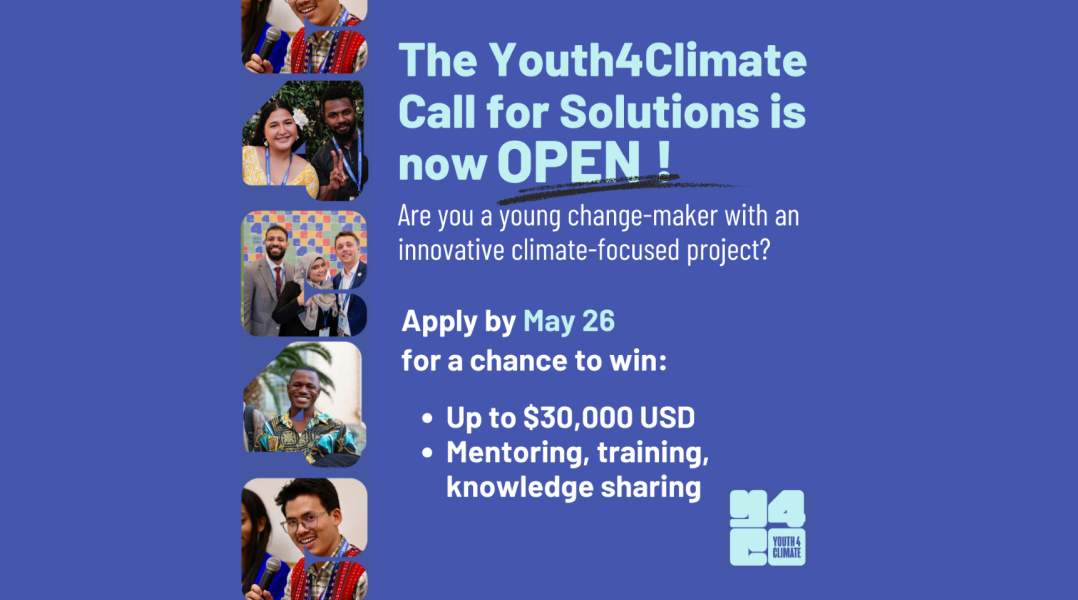Save Our Seas Act 2.0
The Save Our Seas Act 2.0, which addresses the increasing quantities of plastic waste in the US and its role in ocean pollution, requires new research and international engagement to mitigate plastic pollution. It also provides grants and other funding for innovation, infrastructure development, and studies of waste management and mitigation.
The SOS Act 2.0 is a vehicle through which the United States can implement more sustainable consumption and production solutions for plastic materials. It presents requirements for the U.S. Environmental Protection Agency (EPA) under three titles: (1) combating marine debris, (2) enhanced global engagement to combat marine debris, and (3) improving domestic infrastructure to prevent marine debris. EPA is responsible for addressing nine sections under these titles.
Under Title I, EPA is responsible for developing a report on opportunities for innovative uses of plastic waste in consumer products (Section 131). EPA is also responsible, in coordination with the National Oceanic and Atmospheric Administration, for establishing a pilot program to assess the feasibility of providing incentives, such as grants, to U.S. fishermen to track and dispose of marine debris that is incidentally captured (Section 137). The Section also requires support for prevention of loss of fishing gear, and collection and disposal or recycling of derelict fishing gear. These Sections help to reduce post-consumer plastic waste generation and fishing gear loss and waste management through prevention, reduction, recycling, and reuse.
Under Title II, EPA is named as one of a group of U.S. agencies that will coordinate and lead international cooperation efforts to combat marine debris (Section 202). This involves working with national and subnational governments to address prevention, reduction, recycling and reuse related to plastic waste and materials.
Under Title III, EPA is responsible for developing a strategy for improving post-consumer materials management and water management (Section 301) and developing and implementing a post-consumer materials management infrastructure grant program (Section 302a) to help implement the strategy. EPA is also responsible for developing reports on repurposing plastic waste in infrastructure (Section 303), eliminating barriers to increase the collection of recyclable materials (Section 305), economic incentives to spur development of new end-use markets for recycled plastics (Section 306), and minimizing creation of new plastic waste (Section 307).
External source(s)



